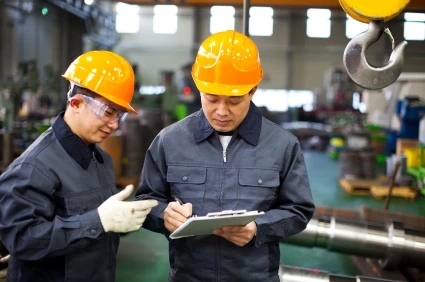What Is the Importance of Food Verification?
The importance of food verification in ensuring food safety cannot be overstated. Food manufacturers are responsible for creating and implementing a food safety policy that is scientifically effective and compliant with current food safety regulations.
The food safety system verification process is a continuous component of the food safety system. It is critical in maintaining a robust verify food safety system that allows for future modifications and advancements.
Verification is an indispensable and vital aspect of food safety. However, rather than focusing on responding to foodborne disease outbreaks, the law focuses on avoiding food safety concerns, including documenting the techniques used to make the equipment, products, and the overall manufacturing process secure and safe.
Food verification is a broad topic that relates to any aspect of the manufacturing process. Validation and verification are sometimes used interchangeably by food safety experts, although they have different meanings and purposes. Completing food verification guarantees incorporating food safety into their full range of operations, preventing or reducing problems before they arise.
The first stage in undertaking verification operations is identifying all processes and parameters that need to be checked and verified and competent specialists who can do so. Internal staff or external consultants might be these specialists. On the other hand, Verification should be done by someone other than the person responsible for process monitoring and corrective measures.
In most cases, this activity is carried out by the internal quality assurance team or third-party auditors to check that the technique or process adheres to the requirements and meets current food safety standards.
To ensure the efficacy of all parts of the food safety system, verification efforts should contain recorded proof. For example, in some areas of the food business, the use of a science-based environmental monitoring program.
The verification process will validate the food safety program's overall effectiveness, indicate the need to update or upgrade food safety control mechanisms, prove that remedial actions are practical, and verify that final goods meet current requirements.
The initial validation and the evaluation that the system operates as intended are the two significant verification components. Both of these characteristics are concerned with the control's effectiveness in dealing with each considerable danger. They prove that control is legitimate for managing the hazard and that the control methods achieve the intended goal of preventing, eliminating, or reducing the hazard's likelihood.
Re-verification is also needed to update food safety standards and guarantee that the food produced is safe. Once the verification is complete, it's critical to document the results and systematically communicate them to the rest of the food safety team so that everyone is on the same page about the program's goals.
Verification is one step in ensuring that the food safety system is working to avoid, manage, or decrease public health risks. Verification includes verifying the procedures and all other vital data to guarantee the process will function and the assessment operations that ensure the system will continue to work.


